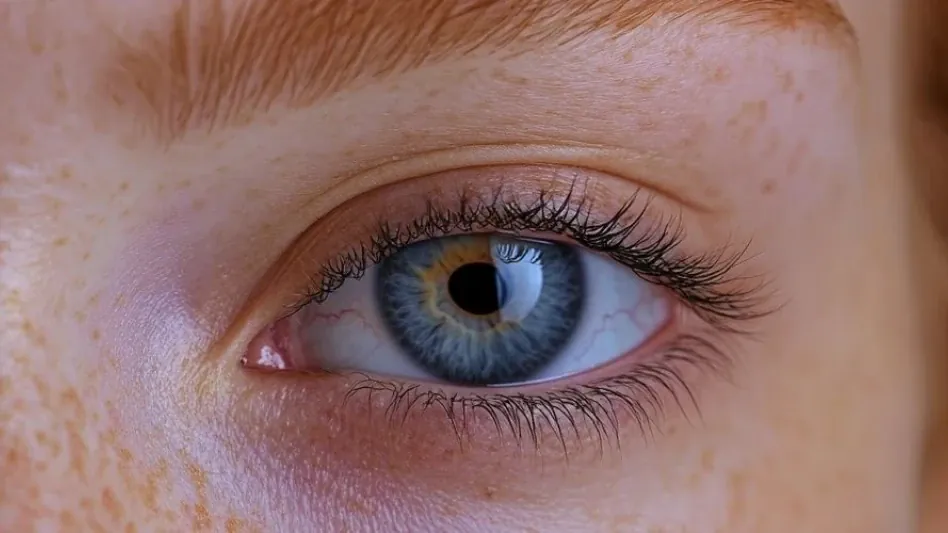Conjunctival hyperemia, characterized by redness, irritation, and watering of the eyes, continues to affect scores of people across Europe. This condition, which can significantly diminish one’s quality of life, poses a particular challenge due to the complexity of its causes and the side effects of many traditional treatments. However, the landscape of ocular therapies for conjunctival hyperemia is shifting, as new drugs receive regulatory approval and older treatments are withdrawn from the market.
Historic Treatments: Benefits and Drawbacks
For years, the primary treatments for conjunctival hyperemia in Europe targeted alpha-1 adrenergic receptors located in conjunctival arterioles. Drugs like phenylephrine hydrochloride were common choices. These medications were effective in reducing redness by constricting blood vessels. However, they came with a rather significant downside: tachyphylaxis and rebound redness. Tachyphylaxis is a condition where the efficacy of a drug diminishes with repeated use, requiring higher doses to achieve the same effect. Worse still, patients often experienced more intense symptoms upon discontinuation—a phenomenon known as the rebound effect.
These side effects made long-term management of conjunctival hyperemia particularly challenging and pushed the medical community to seek better solutions. The situation was further complicated by the withdrawal of popular medications like Visadron, a phenylephrine hydrochloride eye drop, from markets such as Portugal. Visadron was removed due to concerns about contamination and potency, leaving many patients scrambling for effective alternatives. This case exemplifies a broader issue within the ocular treatment landscape: recalls and safety notices that disrupt patient care routines.
Drug withdrawals not only affect patients’ access to effective treatments but also create uncertainty about the safety and reliability of available options. Such instability in the market underscores the critical need for new medications that can provide sustainable relief without adverse effects.
The Promise of Brimonidine Tartrate 0.025%
A significant breakthrough in the treatment of conjunctival hyperemia came with the introduction and regulatory approval of brimonidine tartrate 0.025% (marketed as Lumobry) in Europe. Unlike alpha-1 agonists, this medication acts as an alpha-2 agonist, specifically targeting conjunctival venules. This precise mechanism of action allows it to reduce redness effectively without causing tachyphylaxis or a rebound effect. Clinical trials have shown promising results, with patients reporting sustained relief from symptoms.
However, while the scientific community is optimistic about brimonidine tartrate 0.025%, several barriers to its widespread adoption remain. One significant hurdle is the cost of the medication, which is approximately 50% higher than that of other ocular drops. Additionally, it requires a medical prescription, further limiting accessibility for many patients. Despite its potential, the high cost and prescription requirement may deter widespread use, making it necessary to address these barriers to ensure more patients can benefit from this promising treatment.
The Necessity for a Holistic Treatment Approach
Another emerging consensus in the medical community is the need for a holistic and collaborative approach to treating conjunctival hyperemia. The condition can arise from various causes, including allergies, blepharitis, dry eye disease, and even non-ocular conditions. As a result, effective management often requires coordination among different medical specialties. This integrated approach involves not just treating the symptoms but also identifying and addressing the underlying causes of the condition.
By doing so, healthcare providers can offer more comprehensive and lasting solutions to patients, improving their overall quality of life. Prof. José Salgado-Borges advocates for this method, emphasizing the importance of a tailored treatment plan that considers all possible contributing factors. Holistic treatments often necessitate a broader medical perspective, allowing specialists to collaborate and devise multifaceted strategies that encompass a wide array of patient needs and circumstances.
Improving Patient Education and Awareness
A crucial element in navigating new treatments for conjunctival hyperemia is improving patient education and awareness. As treatments evolve, patients must be well-informed about their options and the potential benefits and drawbacks of each. Ophthalmologists play a pivotal role in this educational effort, ensuring that patients make informed decisions about their care. Moreover, educating patients about the importance of monitoring and recording their symptoms, both ocular and non-ocular, can greatly enhance the effectiveness of treatment plans.
This practice enables clinicians to tailor interventions more precisely, catering to the unique needs of each patient. Empowering patients with knowledge not only facilitates better treatment outcomes but also fosters a collaborative environment where patients actively participate in their care plans. Clinicians must employ clear communication techniques and provide comprehensive information to aid patients in navigating their treatment options effectively.
Future Horizons in Conjunctival Hyperemia Treatment
Conjunctival hyperemia, marked by redness, irritation, and watery eyes, continues to impact numerous individuals throughout Europe. This condition, which can profoundly affect someone’s daily life, presents unique challenges due to the diverse reasons behind its occurrence and the side effects associated with many conventional treatments. The landscape of treatments for conjunctival hyperemia is evolving, as newer medications gain regulatory approval while older remedies are being phased out.
In recent years, significant advancements in medical research have led to the development of more effective and safer treatment options for conjunctival hyperemia. These newer drugs are designed to target the condition more precisely, minimizing side effects that were commonly associated with older medications. For instance, some of the latest treatments involve anti-inflammatory agents that specifically reduce the redness and irritation without causing significant discomfort.
Furthermore, there has been a push towards more personalized medicine, where treatments are tailored to the individual’s specific symptoms and underlying causes. This approach not only enhances the effectiveness of the therapy but also reduces the likelihood of adverse reactions.
Patients suffering from conjunctival hyperemia now have more hope for relief and improved quality of life. The introduction of these innovative treatments marks a promising shift in how this condition is managed, offering new possibilities for those affected.









